Fire Damage Photo Gallery
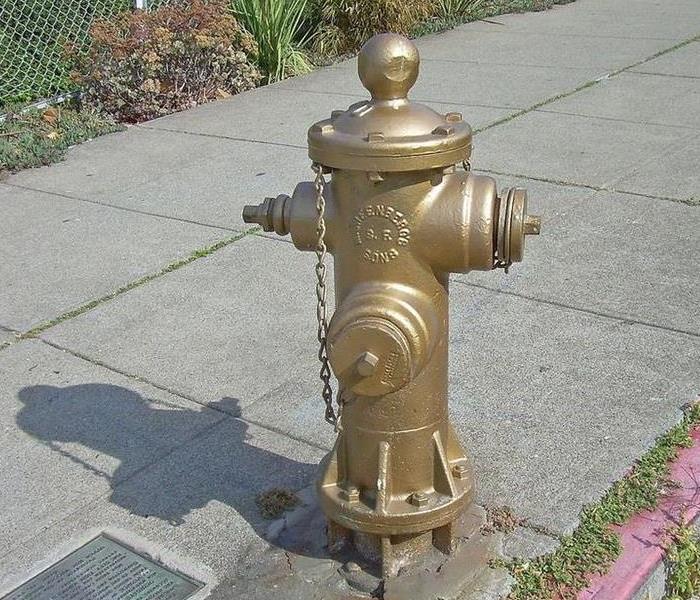
Interesting facts about fires
A single fire hydrant in San Francisco survived a massive earthquake in 1906 and aided fire fighters in saving the Mission District. In memory of the event the hydrant was painted gold.
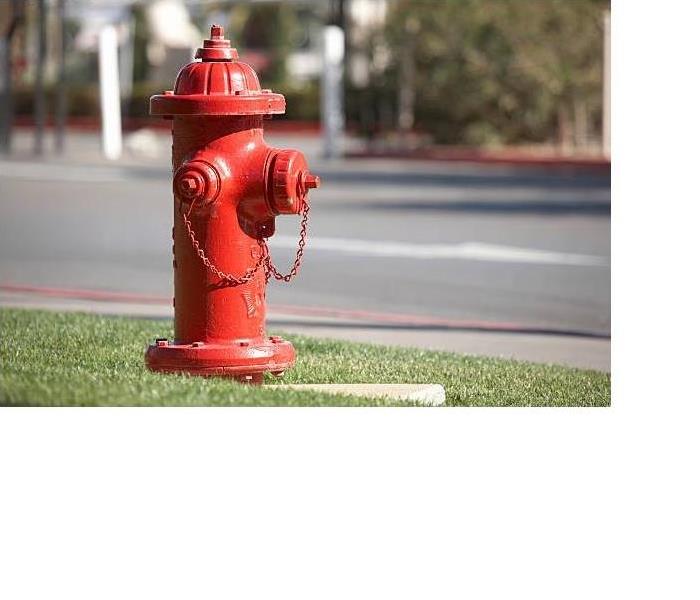
Interesting facts about fires
No one knows who invented the fire hydrant, because its patent was destroyed in a fire.
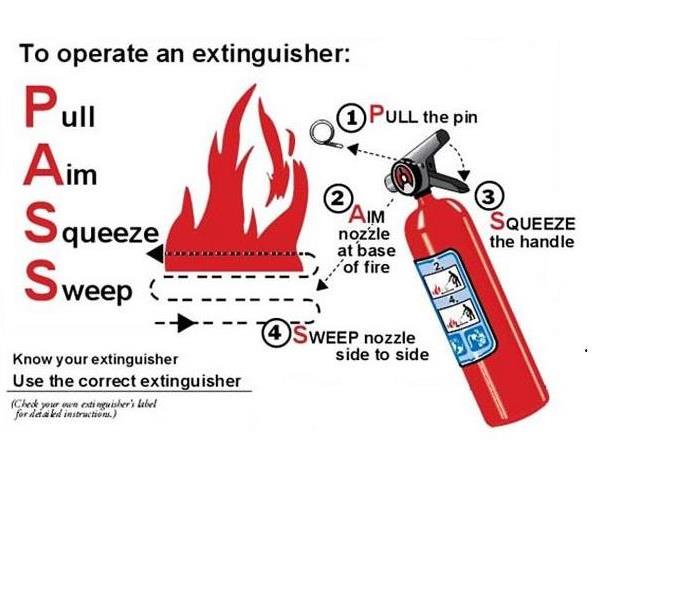
How to use a Fire Extinguisher
To properly use a fire extinguisher just remember the acronym “PASS.”
- Pull the pin.
- Aim the nozzle at the base of the fire. Hitting the tops of the flame with the extinguisher won’t be effective. You got to smother it at its base.
- Squeeze the trigger. In a controlled manner, squeeze the trigger to release the agent.
- Sweep from side to side. Sweep the nozzle from side to side until the fire is put out. Keep aiming at the base while you do so. Most extinguishers will give you about 10-20 seconds of discharge time.
Fire Damage in Local Commercial Property
This fire in a local Gainesville, Georgia commercial property resulted in both damage from the fire as well as from water damage from the fire suppression, sprinkler system. We are busy on-site getting the customer back to business as quick as possible.
Fires In Your Heating and Air System
There are several factors that commonly cause fires involving AC systems.
- Storing flammable materials near the system - An accumulation of leaves or other combustible materials and debris, or gasoline too close to your air conditioning system puts it at a risk of catching fire. Keep the space around your unit free and clear with any materials or debris at least 3 feet away.
- Failing to keep the unit cleaned properly - The accumulation of dirt and dust particles in its air vents, filters, coils and fins could obstructs normal air flow and result in your unit malfunctioning and in the end cause a fire.
- Faulty parts and equipment - When you neglect your air conditioning system, you fail to notice when there are faulty parts and equipment.
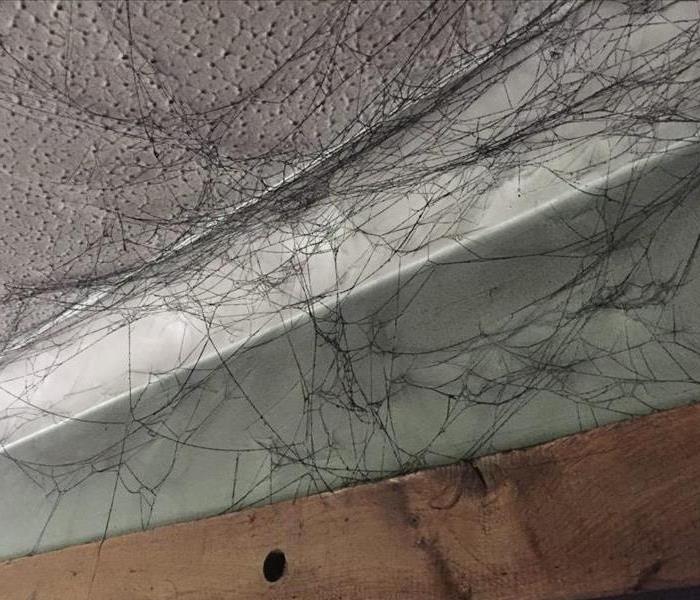
Smoke Webs
We often hear customers exclaim "I didn't know I had so many spiderwebs in my house!" after a fire. What customers are seeing is not the handiwork of a spider - but a chemical reaction that happens after some fires.
The ionisation process of burning (particularly) synthetic materials like plastics, rubbers and polymers, creates charged smoke particles which can attract towards certain surfaces, and attract to each other creating chains, and ultimately web-like formations. They form under certain conditions called wet smoke, which involves low heat, or smoldering type environments. Smoke webs are typically sticky and pungent and will smudge easily and show up in particular areas where there is limited air flows, typically corners and edges of ceilings, in curtain folds, cabinets etc.
Spider webs will burn up very quickly in a real fire.
Causes of Household Fires
The most common causes of household fires are:
- Appliances and equipment – cooking, heating, washers/dryers, air conditioners
- Arson and juvenile fire setting – children playing with fire and intentional fires
- Candles
- Chemical and gases – natural gas and LP gas, spontaneous combustion
- Electrical and consumer electronics
- Fireworks
- Holiday – Christmas trees and other decorations
- Household products – mattress, bedding and upholstered furniture
- Lighting fires and lightning strikes
- Smoking materials – such as tobacco products
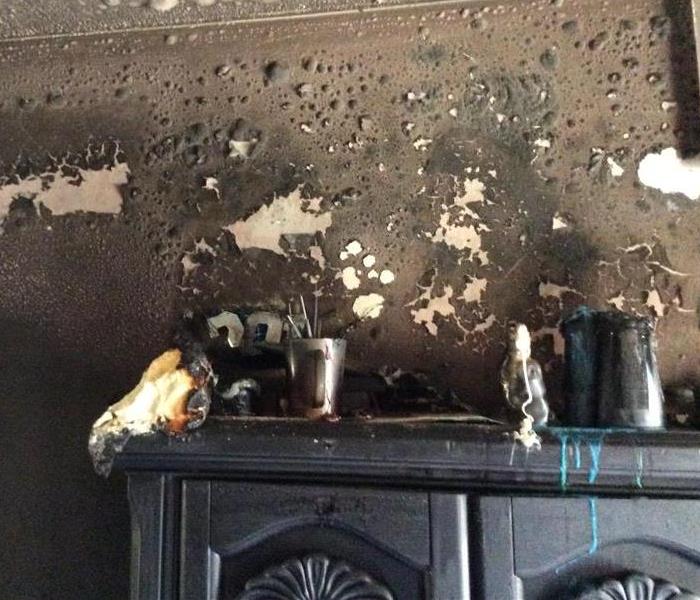
Fire damage to contents
There's no such thing as a small fire. Regardless of the size of the event, a fire in one room can damage belongings and surfaces throughout your entire home. SERVPRO of Gainesville understands how events like fire can affect your life. By responding quickly with a full line of fire cleanup and restoration services, SERVPRO of Gainesville can help you regain control quickly and help protect your home and personal belongings.

 24/7 Emergency Service
24/7 Emergency Service